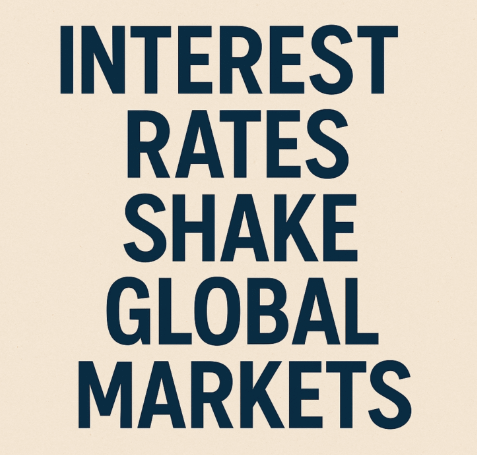How the Fed Rate Impacts Global Markets in 2025
The Fed rate impact in 2025 continues to be a focal point for global investors. As the U.S. Federal Reserve adjusts interest rates, financial markets around the world react — sometimes sharply. But how and why does this happen?
What Is the Fed Rate?
The Federal Reserve interest rate (often referred to as the Fed rate) sets the cost of borrowing for banks. A hike in this rate makes loans more expensive, which can cool consumer spending and corporate investment. When the rate is cut, money becomes cheaper, often stimulating economic growth.
Why It Matters in 2025
Global inflation remains a challenge in 2025. As the Fed navigates this environment, their rate decisions affect everything from the U.S. housing market to emerging economies. Whether the rate goes up or down, the ripple effects extend to currency values, bond yields, and capital flows.
Fed Rate Hikes and the Stock Market
When rates rise, borrowing becomes costlier, squeezing corporate profits and often causing stock prices to fall. Investors tend to move from growth assets like tech stocks into safer assets such as bonds or gold.
- Borrowing costs increase
- Business margins shrink
- Equities face downward pressure
How Global Markets React
International markets react quickly to U.S. rate changes. A stronger dollar makes imports cheaper for the U.S. but can strain dollar-denominated debt in developing countries. Capital also flows out of riskier markets into the U.S., affecting liquidity elsewhere.
- Stronger dollar
- Weaker currencies abroad
- Reduced capital availability in developing markets
What Investors Should Watch
Key indicators for investors in 2025 include:
Conclusion
The impact of Fed rate changes in 2025 reaches far beyond Wall Street. It touches currencies, commodities, stocks, and real estate around the globe. Whether you’re a day trader or long-term investor, understanding this influence is crucial to navigating the financial world in 2025.

